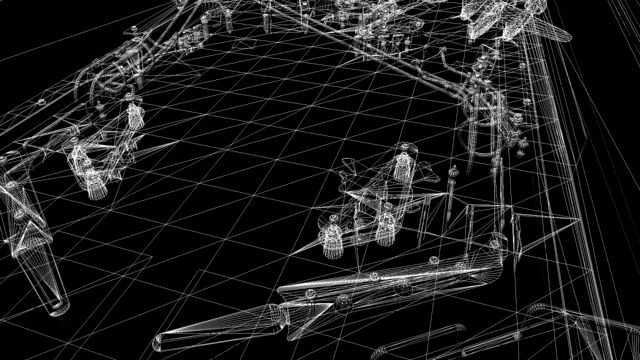
What are the 12 Animation Principles?
September 9, 2023 — The Illusion of Life by Disney is a groundbreaking book that revolutionized the animation industry. It was written by two of Disney's renowned animators, Ollie Johnston and Frank Thomas.
Published in 1981, this book provides an in-depth look into the techniques used in creating realistic animation, including the use of motion, character, timing, and more. It is considered one of the most important works in the history of animation, as major studios have used its techniques for decades.
Understanding Quality Animation
The 12 Animation Principles are essential for creating quality animations. They provide guidance on how to create movement and bring characters to life. These principles include timing, spacing, arcs, exaggeration, anticipation, staging, follow-through, squash and stretch, appeal, secondary action, and more. By studying and applying these principles, animators can create vibrant, expressive characters that move with a natural flow and engage audiences.
The 12 Principles
- Squash and Stretch: Objects should change shape to reflect their movement and weight, giving them a more realistic and fluid appearance.
- Anticipation: Characters should have a slight preparation before performing an action, such as leaning back before jumping or swinging a bat.
- Staging: The placement and positioning of characters and objects in a scene should be clear and visually appealing, guiding the viewer’s attention to the important elements.
- Straight Ahead Action and Pose-to-Pose: These two approaches to animation involve either animating frame-by-frame from beginning to end (straight ahead) or planning key poses and then filling in the in-between frames (pose-to-pose).
- Follow Through and Overlapping Action: When a character comes to a stop, certain parts of their body (like hair or clothing) may continue moving due to momentum, creating a more realistic effect.
- Slow In and Slow Out: Objects generally don’t start or stop moving abruptly; they accelerate and decelerate gradually. This principle helps create a smoother and more natural motion.
- Arcs: Most movements follow an arched path rather than a straight line. Animating along arcs adds a more organic and pleasing quality to the animation.
- Secondary Action: Additional actions that support and enhance the main action can add depth and interest to a scene. For example, a character speaking might also gesture with their hands.
- Timing: The speed of actions and movements can convey different emotions and give a sense of weight or impact. Proper timing is crucial for effective storytelling and character expression.
- Exaggeration: By pushing the boundaries of reality, animation can create more engaging and entertaining visuals. Exaggerating facial expressions or movements can help convey emotions or make actions more interesting.
- Solid Drawing: Understanding form, anatomy, and perspective is essential for creating believable and visually appealing animations.
- Appeal: Animations should be visually appealing and strongly appeal to the audience. This principle involves creating characters, designs, and movements that are attractive and captivating.
Disney’s animation bible, The Illusion of Life, is an essential resource for understanding the 12 principles of animation. Developed in the 1930s, these principles are the foundation of Disney’s approach to animation. By clearly understanding them, animators can create lifelike, engaging movements that capture the audience’s attention.






